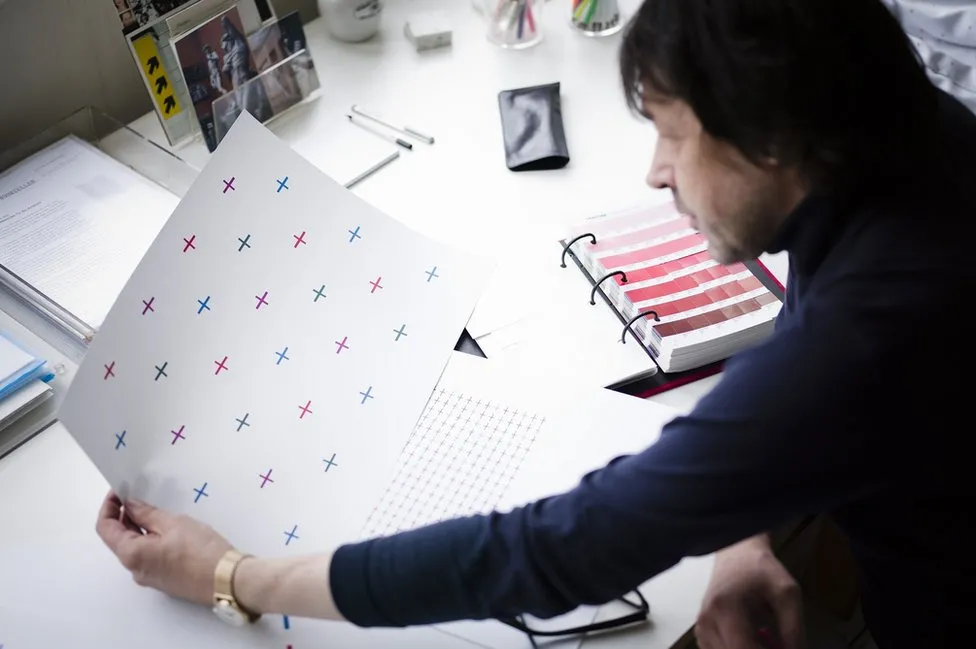Use these photos as an introduction to your assembly. Copy and paste the photo on to a power point and have it on display as the children enter the hall. Suggested discussion points are listed below each picture. See www.no-outsiders.com for more No Outsiders information
Sunday, 24 March 2024
Football shirt
Sunday, 17 March 2024
space
The photo shows Maggie Aderin- Pocock aged 7 and aged 55. Maggie is a scientist and she has designed many space instruments. She trained as a physicist and got a PhD in 1994. She was the first black woman to win a gold medal in the Physics News Award and currently hosts BBC's astronomy programme.
Saturday, 16 March 2024
ballet
A ballet company's
response to one football fan's sexist insult on Facebook was epic
(upworthy.com)
What do you
see in the photo? How are the two activities different? What do you think are
the stereotypes that exist around these activities and the people that take
part in them?
The
American footballers pictures are the Philadelphia Eagles. When they ended
their season and lost their game. Comments on social media criticised the
players and one commented, “the team played like they were wearing tutus.”
What do you
think of that comment, what is the attitude of the writer toward footballers
and ballerinas? What are the stereotypes around gender, sport, footballers,
ballerinas?
A ballet
company responded and their response went viral. How do you think they
responded?
“With all
due respect to the Eagles, lets take a minute to look at what our tutu wearing
women have done this month.
By tomorrow
afternoon, the ballerinas that wear tutus at Pennsylvania ballet will have
performed The Nutcracker 27 times in 21
days. Some of these women have performed the snow scene and the waltz of the
flowers without an understudy or second cast. No ‘second string’ to come in and
spell them when they needed a break. When they have been sick, they came to the
theatre, put their make up on and costume, smiled and performed. When they have
felt an injury in the middle of a show, there have been no injury timeouts.
They have kept smiling, finished their job, bowed, left the stage and then
dealt with what hurts. Some of these tutu wearers have been tossed in to a new
position with only a moments notice. That’s like a corner back at half time
being told they are going to play side receiver for the second half, but they
need to make sure no one can tell they’ve never played wide receiver before.
They have done this with such artistry and grace that audience after audience
has clapped and cheered. And the Philadelphia Enquirer has said this production
looks “better than ever”.
So no, the
Eagles have not played like they were wearing tutus.”
People are
commenting that toughness has nothing to do with your gender and nothing to do with
what clothes you wear.
“Ballerinas
wear tutus for the same reason footballers wear uniforms and pads: to get the
job done.”
- -What is sexism?
- - Is this story about sexism? The comment doesn’t actually mention
gender…
- -Why write such a long response to such a small comment?
- - Why didn’t the ballet company just ignore the comment? Is it best to
ignore sexism/ judgement, or should it always be challenged?
- - You could argue by commenting, the ballerinas brought attention to the
original comment, and far more people saw it. Did this backfire for them?
- -What can we learn from the ballerinas?
- -Why is this about No Outsiders?
- -Which British value is this about?
NoOutsiders: everyone different, everyone welcome by Andrew Moffat
Saturday, 9 March 2024
Oliver







